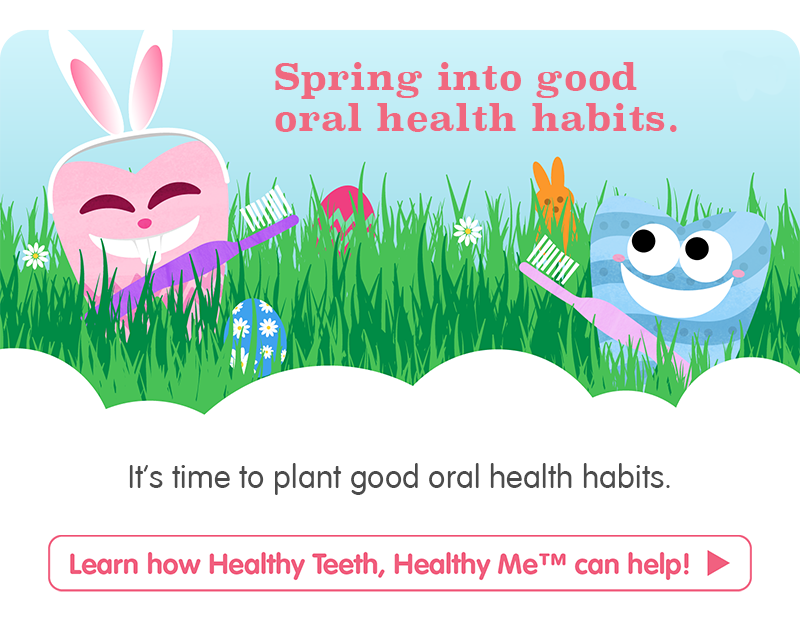Find the Truth About the Tooth
Most people think of Valentine’s Day, Groundhog Day or President’s Day when the month of February comes to mind. However, the shortest month of the year is the most powerful when it comes to spreading awareness about proper oral health care during National Children’s Health Month.
There are plenty of myths and falsehoods related to pediatric dental care. Here are five common misconceptions and the truth about caring for children’s oral health:
Myth #1: Tooth decay and cavities in baby teeth isn’t a big deal
Fact: Cavities and tooth decay in baby teeth can adversely affect the health of their permanent teeth. Proper spacing of teeth can be affected if the primary teeth are so decayed that they need to be removed. And once the tooth is removed, the space that is left needs to be cared for—if not, the permanent, or secondary tooth can grow into the wrong spot, causing crowding and crooked teeth, which can lead to the need for braces later.
Furthermore, the habits that initially led to the development of cavities are often developed and solidified when children are younger. If these poor habits continue into adulthood, the child’s oral health could be at an increased risk for gum disease, in addition to other dental health conditions.
Myth #2: Kids do not need to visit the dentist until their permanent teeth grow in or until they’re in elementary school.
Fact: First Things First Cochise Region – along with The American Dental Association (ADA) – recommends that all children see a dentist when they get their first tooth or by their first birthday. During a little one’s first appointment, the dentist will clean any teeth that have begun to grow in and evaluate their dental health to date. In order to continue on a path of good oral hygiene, it’s important for parents to know how to help their children take care of their tiny teeth and gums. The best way for everyone to learn the do’s and don’ts of oral care is by seeing a dentist in Cochise County every six months.
Myth #3: It’s not necessary for toddlers to brush their baby teeth or gums
Fact: Children of all ages should be brushing their teeth twice a day, even if they only have their baby teeth. By not brushing regularly, cavities can cause damage to the oral health of the child, and lead to much more severe problems over time. So, brushing thoroughly with adult-supervision twice a day is important from the beginning. Even babies should have their gums cleaned with a soft washcloth daily.
Myth #4: Flossing teeth is overrated
Fact: When you skip flossing, you miss up to 80% of your tooth’s surfaces during your daily oral hygiene routine! Without a doubt, flossing is a necessary step in a child’s routine since cavities can form in between the teeth too. Tarter and plaque love to hide in between the teeth, which can wreak havoc on the gums and put your child at risk for early gum disease and cavities.
Myth #5: Cavities in children are just a part of life
Fact: Cavities are not “just a part of life.” They are entirely preventable and can be avoided with a proper oral hygiene routine and by limiting sugary foods and drinks. Additionally, the ADA suggests that children (and adults) should see their dentist every six months for a thorough cleaning and exam. Routine visits will help to prevent tooth decay and shed some light into how well your child is taking care of their mouth every day. But remember, visiting a dentist twice a year isn’t enough – daily oral health care is the key to cavity prevention and long-term problems! Many insurance plans, including AHCCCS, provide a dental benefit to make these visits even simpler.
With all of these misconceptions, it’s important to find the truth about the tooth – during National Children’s Dental Health Month and throughout the year. For more information about pediatric dentists in Cochise County, visit findadentist.ada.org


